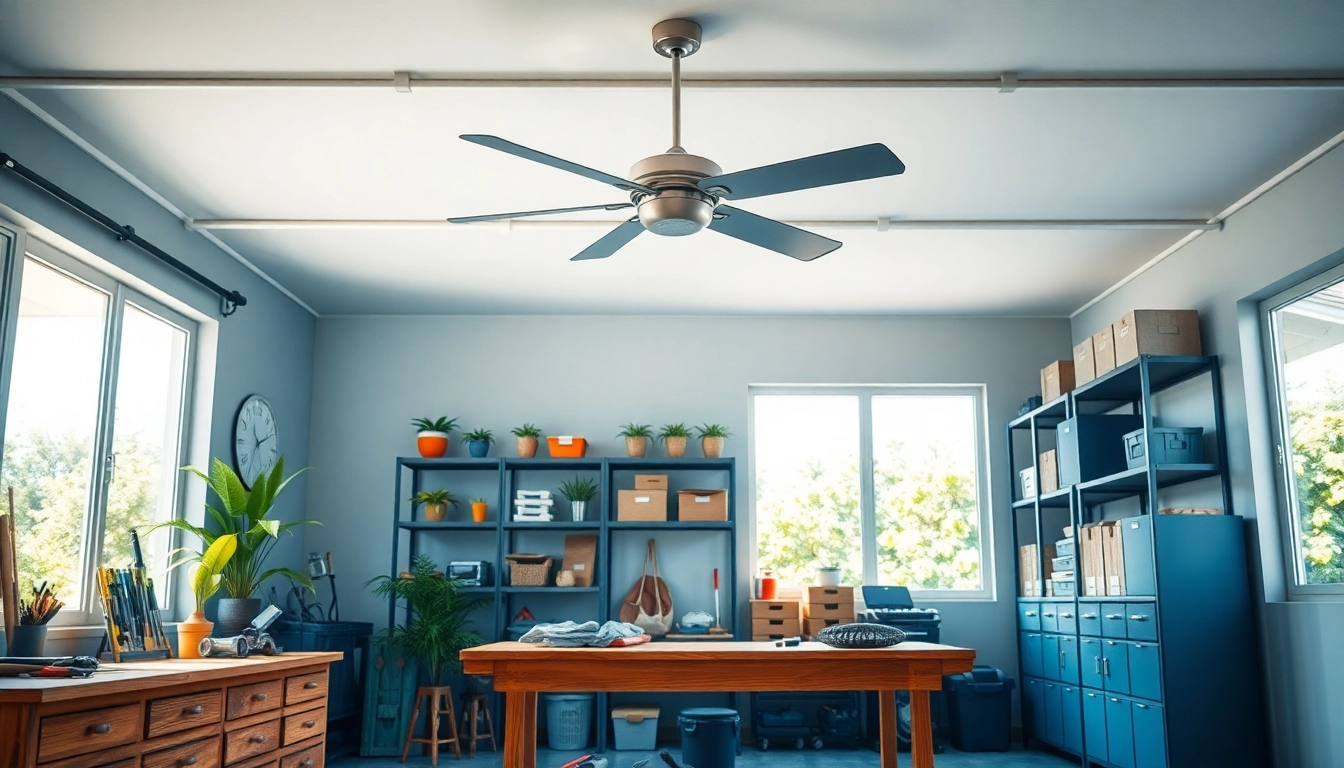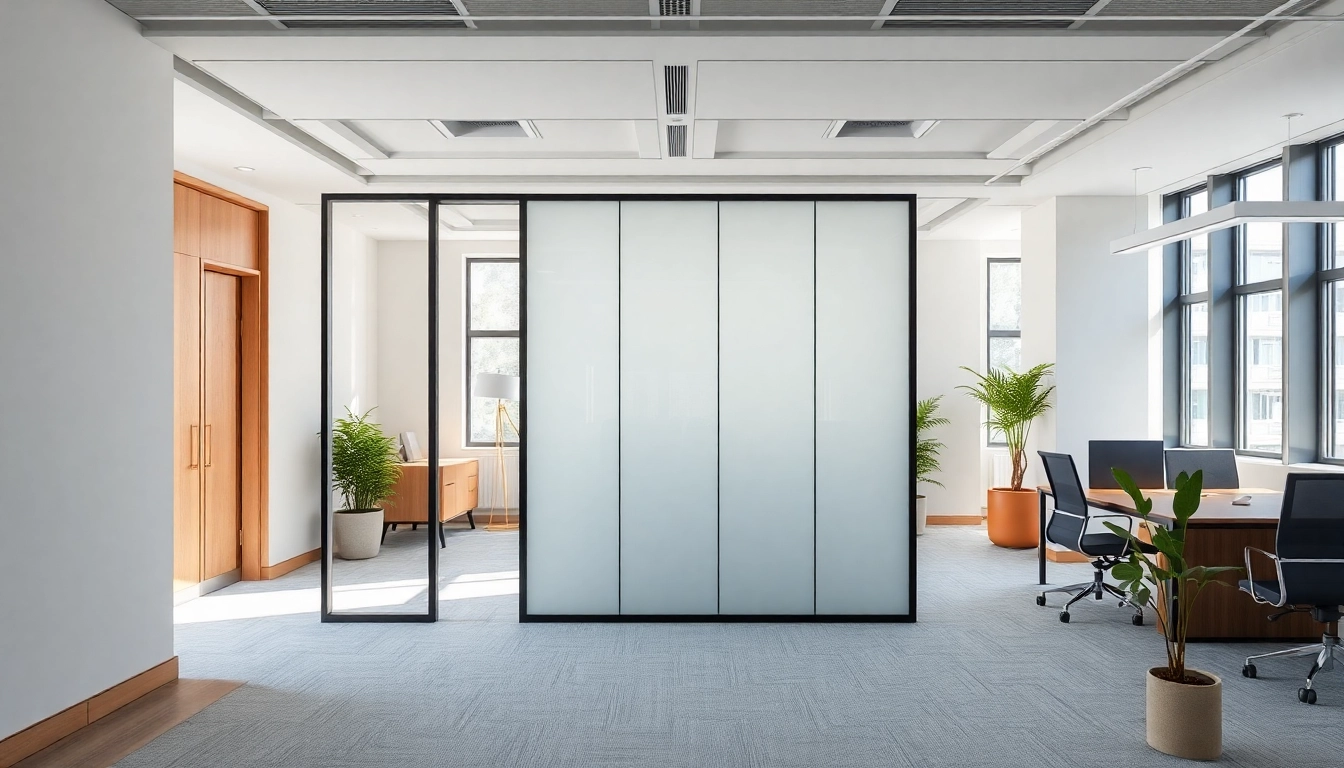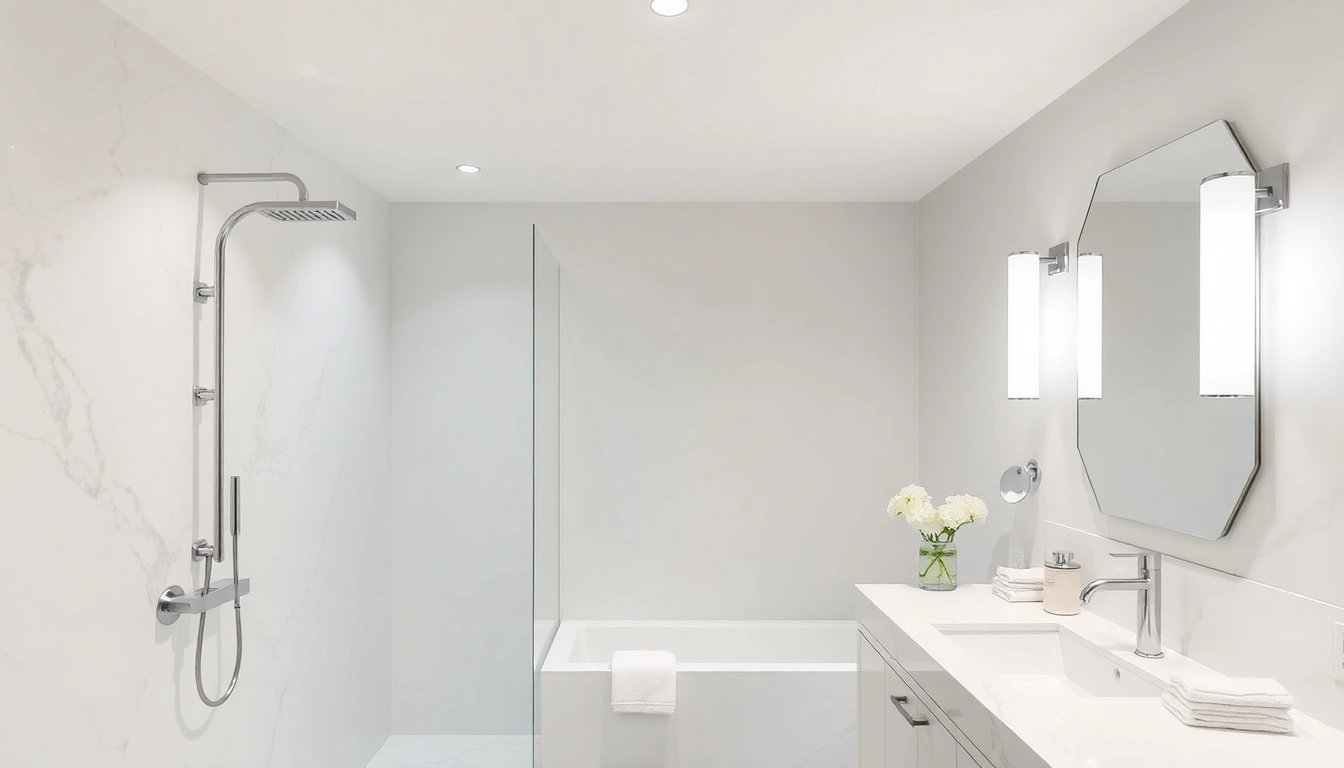Understanding the Heat: Why Garages Get Hot in Summer
When the summer sun beats down, many homeowners find that their garages transform into unbearably hot spaces. This often leads to frustration, especially for those who use their garages for storage, workshops, or even as additional living space. Understanding the factors that contribute to garage heat is essential to effectively combating it and ensuring a comfortable environment. In this article, we will explore the common factors that contribute to excessive heat in garages and provide actionable solutions for how to keep your garage cool in summer.
Common Factors Contributing to Garage Heat
Several elements can cause a garage to heat up during the summer months. Some of these factors include:
- Insulation Quality: Many garages are not properly insulated, allowing hot air to enter easily and cool air to escape, leading to significant temperature increases.
- External Temperature: The ambient air temperature can influence the heat retention of your garage, especially if it lacks adequate ventilation.
- Uninsulated Garage Doors: Standard garage doors can act as significant heat sinks. If they’re not insulated, they can absorb heat during the day.
- Heat-Absorbing Materials: Dark colors and certain materials used in garage construction can absorb heat rather than reflect it.
Impact of Sunlight on Garage Temperature
Sunlight plays a crucial role in heating up garages. When sunlight directly hits your garage, it can significantly raise the interior temperature. This effect is magnified if the garage has windows that are not treated or covered. Furthermore, the amount of sunlight that hits your garage varies based on its orientation relative to the sun, impacting heat levels.
Importance of Ventilation in Heat Management
Proper ventilation is vital for managing heat in garages. Without adequate airflow, the hot air produced inside the garage can become trapped, leading to increased temperatures. Ventilation helps in exchanging hot air with cooler outside air, thereby reducing the overall temperature within the garage. Implementing effective ventilation strategies is one of the key methods on how to keep your garage cool in summer.
Simple Tips for Effective Insulation
Insulation is an essential aspect of keeping your garage cool during the hot summer months. High-quality insulation not only keeps the heat out but also helps maintain stable interior temperatures. Here, we explore some effective methods for improving your garage insulation.
Choosing the Right Insulation Materials
When it comes to insulating your garage, the materials you choose matter significantly. Common insulation materials include:
- Fiberglass Batts: These are easy to install and can be very effective, particularly in walls that are not exposed to moisture.
- Foam Board Insulation: Offers high insulating values and is incredibly efficient at keeping heat out.
- Spray Foam Insulation: A highly effective solution, spray foam creates an air-tight seal that prevents heat transfer.
Evaluate your garage’s specific needs and choose an appropriate material that offers optimal insulation without exceeding your budget.
Weatherstripping: A Cost-Effective Solution
Weatherstripping is an affordable yet highly effective way to seal gaps in your garage doors and windows. By applying weather stripping materials, you can prevent warm air from entering your garage and cool air from escaping. This simple addition can significantly reduce the temperature and improve your garage’s energy efficiency. Ensure that you choose durable materials that can withstand the heat and conditions prevalent in your area.
Sealing Gaps and Cracks for Maximum Efficiency
Even the smallest gaps and cracks can lead to substantial heat loss or gain. Inspect your garage regularly for any visible openings and seal them using caulk or foam sealant. Focus particularly on areas around windows and doors, vents, and where walls meet floors. A well-sealed garage minimizes the inflow of hot air, which is critical for maintaining a comfortable temperature.
Installing Ventilation Systems to Promote Airflow
Once you’ve tackled insulation, the next fundamental aspect of keeping your garage cool is ensuring adequate airflow through effective ventilation systems. Let’s delve into the options available.
Types of Ventilation: Passive vs. Active
Two primary types of ventilation systems can be employed: passive and active. Passive ventilation relies on natural airflow principles and can often include vent openings, while active ventilation utilizes mechanical methods like fans to promote airflow.
- Passive Ventilation: This method involves strategically placing vents in your garage’s walls to allow cooler outside air to enter while letting hot air escape. It’s a perfect solution for garages in cooler climates where you want to reduce heat without using energy.
- Active Ventilation: This system actively pushes out warm air and allows cooler air to enter. Exhaust fans can be installed to help promote airflow on extremely hot days.
Benefits of Exhaust Fans in Hot Weather
Exhaust fans can significantly enhance your garage’s cooling system, particularly on hot summer days. These fans work by drawing hot air out of the garage, making way for cooler air. Installing a fan with a thermostat ensures that it operates only when necessary, thereby saving energy while maximizing comfort.
Proper Placement of Vents for Optimal Performance
The effectiveness of a ventilation system largely depends on the correct placement of vents. Typically, vents should be placed high up on the opposite side of the garage from the entrance. This configuration allows hot air, which rises, to escape easily, promoting a consistent airflow. Whether using active or passive ventilation, proper vent placement is crucial for maximizing cooling efficiency.
Utilizing Reflective and Absorptive Materials
The materials utilized in your garage’s structure can drastically affect temperature regulation. By optimizing these materials, you can further enhance your garage’s ability to stay cool during the summer months.
Choosing Reflective Roof Solutions
The roof of your garage is one of the first structures to absorb heat from the sun. Opting for a reflective roofing material can significantly reduce heat absorption. Metal roofs, reflective shingles, or specially designed coatings can help reflect sunlight, keeping your garage cooler. This can be a worthwhile investment, particularly in regions with intense summer sunlight.
Using Light Colors for Garage Walls
Painting your garage walls in light colors can also contribute to a cooler environment. Dark colors absorb heat more readily, while lighter hues reflect sunlight. Furthermore, the surface of the paint can be treated to enhance heat reflection, optimizing your garage’s temperature regulation.
Integrating Shade Structures Outside the Garage
Another effective method of blocking heat from entering your garage is by using shade structures. Planting trees or installing awnings can create a protective barrier against the sun. If planned thoughtfully, these structures can provide cooling shade and limit direct sunlight exposure on the garage, contributing more generally to your home’s microclimate.
Maintaining Your Garage for Long-Term Comfort
Once you’ve put measures in place to keep your garage cool, it’s important to maintain those systems for long-term effectiveness. Here are some maintenance and preparation tips to consider.
Routine Maintenance Tips for Garage Efficiency
Regular maintenance is essential to ensure your cooling strategies remain effective. This involves checking insulation materials for wear, clearing vents of debris, and ensuring fans are functioning correctly. Schedule periodic inspections to identify issues early on. Additionally, cleaning the garage regularly can help maintain an efficient airflow.
Seasonal Preparations for Changing Weather
As summer approaches, it’s wise to prepare your garage for the warmer months. This can include checking the integrity of your insulation, ensuring all ventilation systems work efficiently, and inspecting for any cracks or gaps needing sealing. Adapting your cooling strategy seasonally ensures optimal performance.
Monitoring Temperature Trends with Smart Gadgets
Utilizing smart technology can assist in monitoring the temperature of your garage in real-time. Smart thermostats, temperature sensors, and mobile applications can help you track trends, allowing you to take proactive measures when necessary. This technology not only improves comfort but can also remedy any potential issues before they escalate.















Leave a Reply